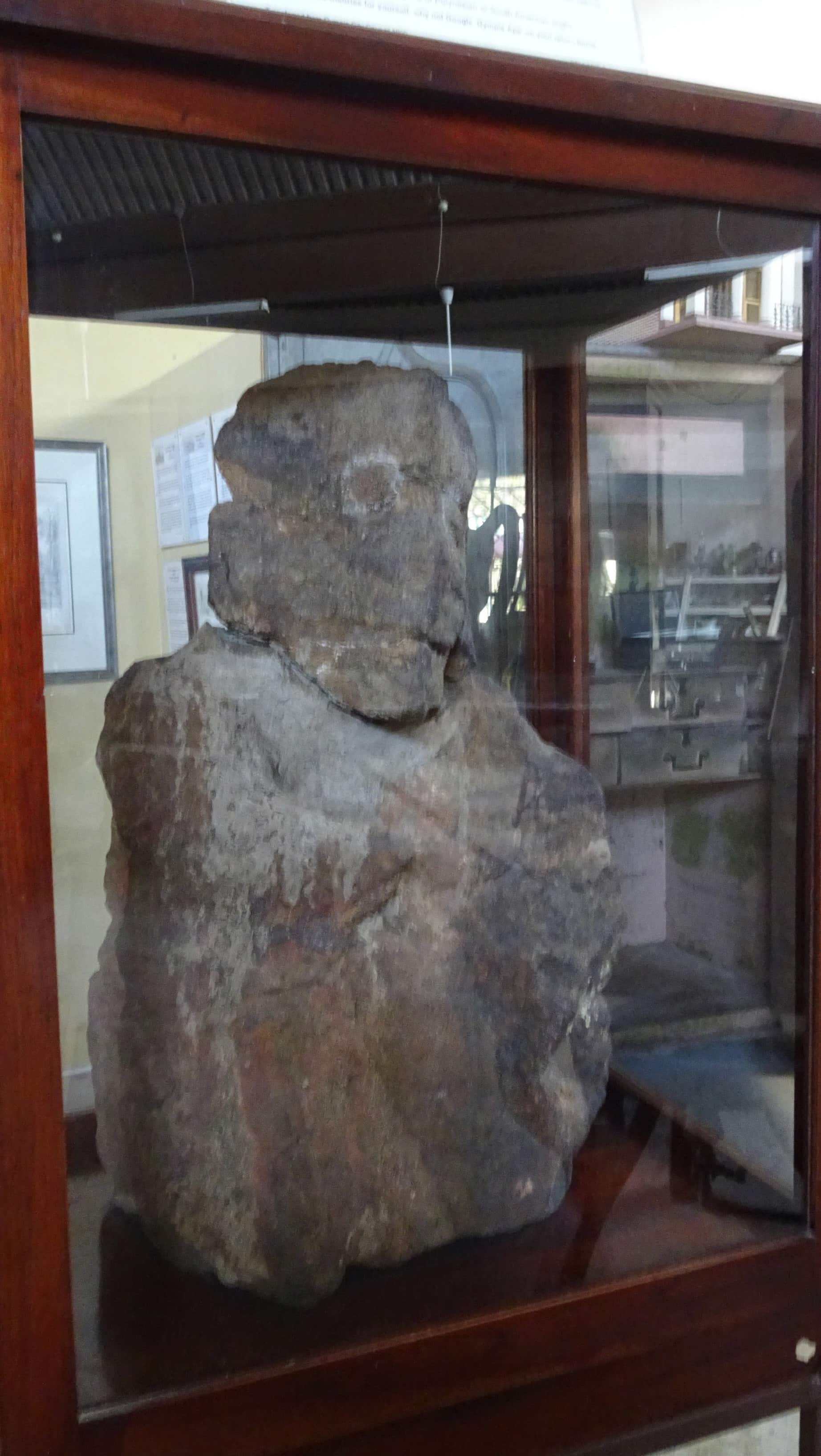
The Power of the Gympie Pyramid
Machinations of fascination on Gubbi Gubbi/Kabi Kabi country, Gympie, Queensland, Australia
(Audio version available here!)
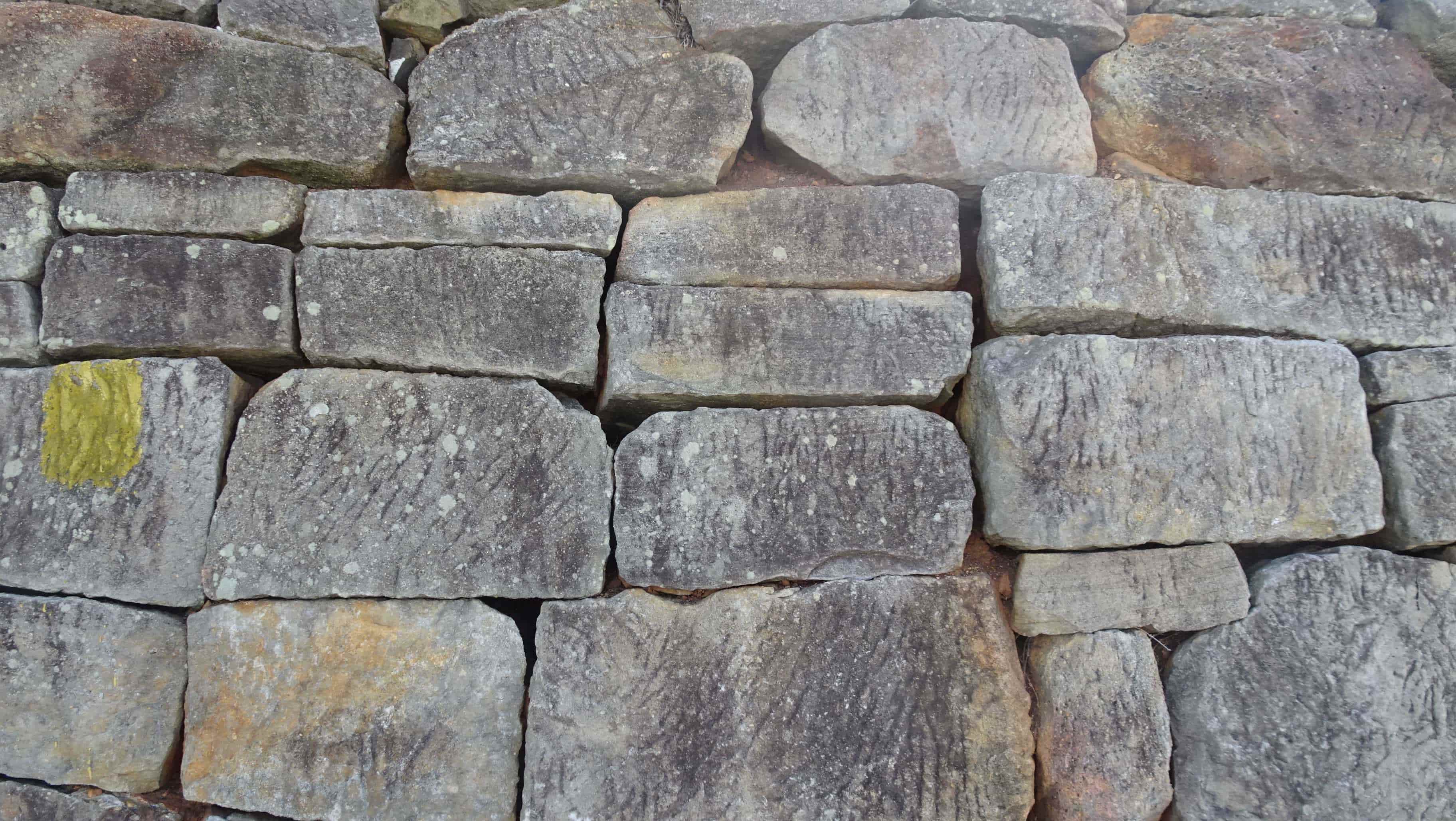
The wall of rock
What would you do if you found a secret pyramid that had lain relatively undiscovered for almost a century? Would you keep it to yourself in the hopes of discovering underground passages and hidden buried treasures? Would you encourage archaeologists and historians to undertake extensive scientific research on what could be a major historical find? Or would you go public by inviting along a journalist to help document the mysterious site (on the proviso that they would never reveal the pyramid's exact location)?
If you guessed the latter, that's just what seemed to have transpired to reveal the existence and location of a step pyramid on the outskirts of Gympie, two hours north of Brisbane. Although many locals had known about the site for years, the "Gympie Pyramid" had been kept relatively quiet until its "official discovery" in 1975 by an avid writer/researcher, who later published a book on the subject. Unfortunately, the journalist who had been invited along for the ride ended up accidentally publishing the exact whereabouts of the site. Whoops! Not long after, masses of curiosity seekers, amateur archaeologists and looters reportedly descended - or ascended - upon the pyramid to scavenge and, at times, destroy evidence by tearing down terraced walls in their search for artefacts and gold (after the early settlers had already had a go at it themselves apparently).
The real question was: what was a 30-metre-high (98 feet) sandstone terraced pyramid, whose sides supposedly faced the four directions, doing out in the boondocks in the first place? (My apologies to Gympie.) Multiple theories abounded about the hallowed hill and its potential connections with the Phoenicians, Egyptians, the Ming Dynasty, Polynesians, Hindus, Indigenous Australians, Incas or the Mayans. Whether it had been constructed for burials, rituals, as a ceremonial gathering place, as a fort or as an observatory, some believed it may have even been the site of a former Middle Eastern mining colony. Others proposed the stone structure was connected to galactic visitors from the Pleiades or Orion star systems, who liked to launch their spacecraft from its summit. And why not? More straight-laced (and rather less intriguing) academic perspectives concluded the terraced mound had most likely been built for agricultural purposes during the Gympie gold rush of the 1800s by a European immigrant.
Yawn.
Fascinating relics had supposedly been unearthed by farmers over the years including engraved stone tablets with mysterious inscriptions, ancient pottery and tools of Middle Eastern origin, ironstone idols resembling the Egyptian God Thoth (one of which is now affectionately known as the "Gympie Ape"), stone lizard-type sculptures, an Easter Island-looking head and a carved human face with hieroglyphs - of all things - on its forehead. The current whereabouts of many of the artefacts, however, have become almost as mysterious as the pyramid itself.
In addition, a stone altar and well had reportedly existed on or near the summit, where some folks have experienced profound healing and states of expanded consciousness. Balls of light (known locally as the Min Min light or lights) had been seen hovering over the pyramid's peak where ley lines are believed to cross. Visitors in tune with other worlds have seen white-clad female apparitions, as well as soldiers wearing bronze armoury. Even more intriguing were the claims of an inner chamber within the pyramid that potentially housed a large, dark crystal within its stone-lined walls. Understandably, whatever shafts or tunnels that existed in the 19th century were filled in and sealed off by the 1930s to reportedly stop cattle and/or children from wandering in and never returning.
What was tremendous was that the Gympie Pyramid wasn't supposed to be the only one-of-its-kind in the area. Legend had it that several other similar stone structures once existed nearby, but had sadly been bulldozed into oblivion. The demolitions weren't apparently without consequence though. Urban tales told of a bulldozer driver who excavated the summit of one of the pyramids in order to build himself a house. Shortly after annihilating the apex - alongside two large stone columns - the driver allegedly saw spooky figures, experienced nightmares and became ill - all of which encouraged him to flee the town for good. Tragically, rumour had it that two other bulldozer drivers died after they excavated the main site. Were there other powers at play?
"It's what????" I squeaked at an equally inquisitive friend over coffee one day.
"I just read about it online. The Gympie Pyramid is going to be demolished to make way for a highway upgrade. If you want to see it, you'd better hurry as it doesn't sound like it's going to be there much longer."
Within a week, I was on my way.
There was just one catch. Entrance to the actual property was technically forbidden without permission. Who was legally able to grant such permission remained as elusive as the pyramid's past. Several days prior to my trip, I reached out to one of the local indigenous groups who revered "Djaki Kundu" as very sacred land indeed. When no reply was received, most likely because it went into spam, I figured I would just rock up and contact the number provided at the entrance, as another travel blogger had done.
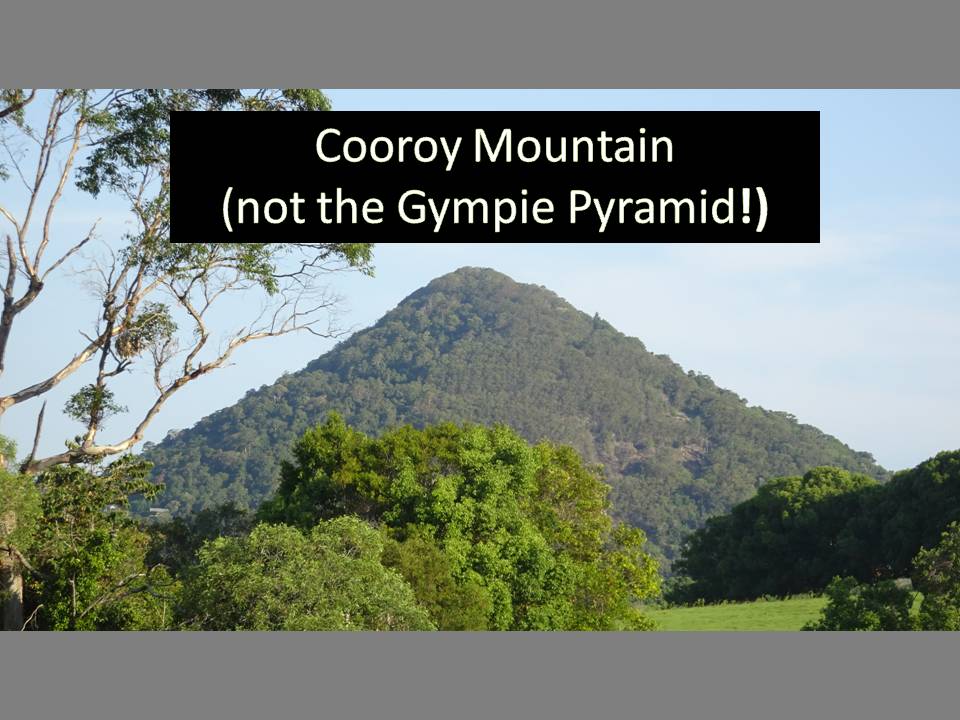
I see your point
If only the Gympie Pyramid had been as easy to find as the two
triangle-shaped mountains that loomed majestically by the Bruce Highway on the way there, one of which was the volcanic Cooray Mountain.
When I finally reached the street that the pyramid property backed onto,
I ended up driving past the entrance countless times until I eventually found the driveway.
"KEEP OUT! Do Not Trespass. Do Not Damage. Excavation or Relocation of any part of this Sacred Site is Prohibited!" announced the sign. At the time, the local indigenous caretakers were in the midst of challenging officials for custodial rights to the sacrosanct land and I sure wished them well.
Amazingly, I could sense a kind of swirling energy emanating from behind the main gates. That, or a neighbour had their wi-fi set to "Whoa". I dialled the number on the sign and left a voicemail, afraid to go a single step further without any kind of authority. Alarmingly, I had previously read that some visitors had been "stopped" by an invisible presence when they'd attempted to scale the pyramid without seeking even silent permission first.
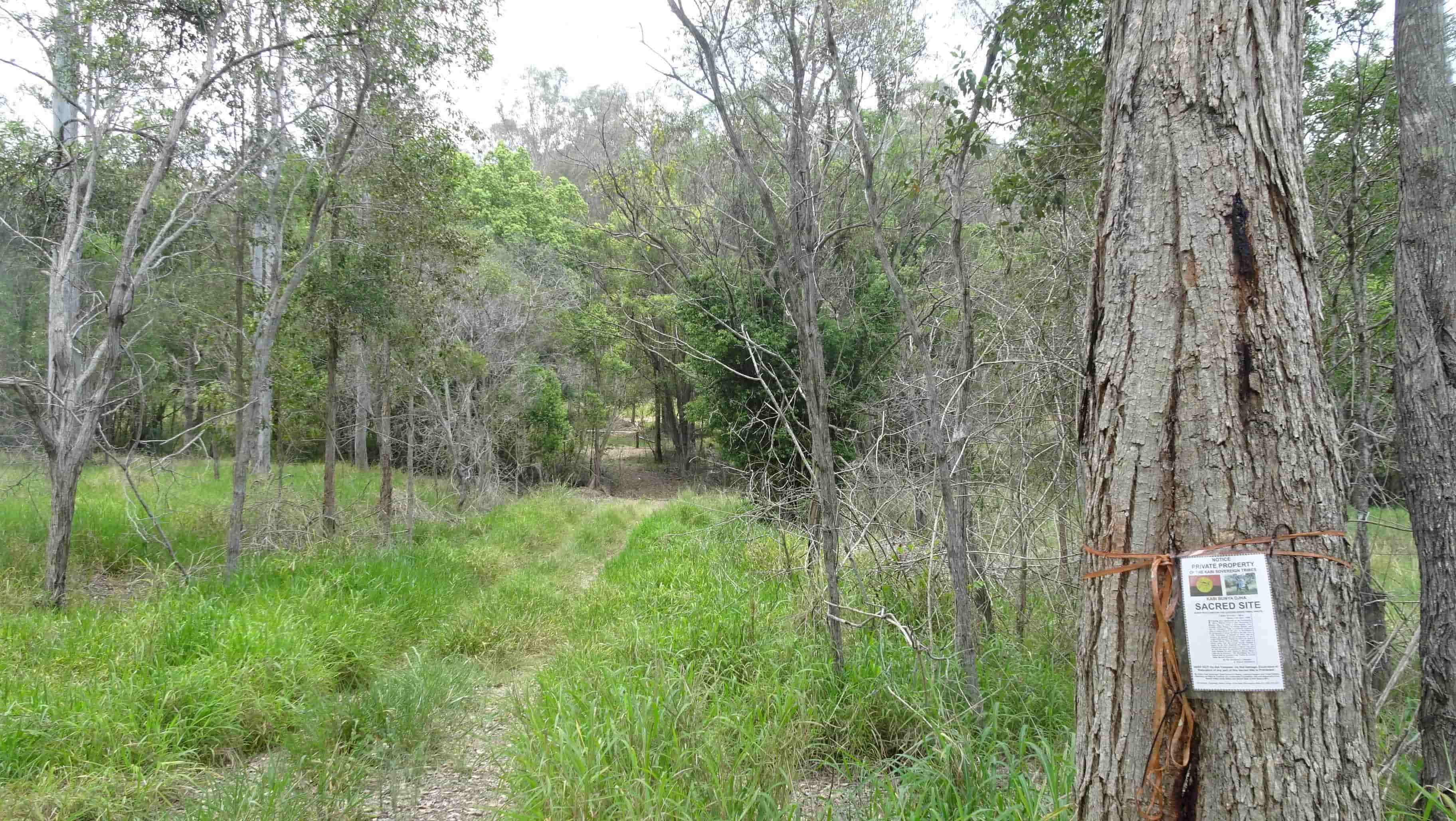
The path to the pyramid
Before me, a 4WD track led right up to what appeared to be the main gate. All I had to do was follow it and let myself in but I hesitated, afraid of what lay beyond. (That, and the fact that if I went any further, I'd be trespassing on land that was not my own and I didn't have any right or permission being on.)
Instead, I waited.
And waited some more.
I mean it wasn’t like I’d called an 24-hour emergency pyramid hotline. I just wanted to do the right thing.
So I waited some more.
When that grew old, I trekked back to my baking hot car and decided to cruise around the streets of Gympie, where a couple of peculiar treasures were on display. The first landmark was an historic church - the outer rock wall of which was rumoured to contain stones removed from the top of the pyramid; supposedly evidenced by the fact that no mortar had been used between the polygonal blocks, resulting in a wall that resembled those found in Machu Picchu. However, having been completely oblivious as to the church's whereabouts, I ended up driving right past it on my way into town.
Gympie's main street was bursting with music shops, cafés and discount stores and, after I sought shelter from the sun's penetrating rays, I found myself in a fascinating in-depth discussion with a local shopkeeper.
"Have you seen the pyramid yourself though?" I asked.
"Oh yes, a couple of times. Back when it was privately owned and people were able to visit."
"Oh wow! Did you feel anything when you were there?"
The man paused to collect his thoughts. "Well I can confirm there's something powerful going on there, that's for sure."
He then kindly explained that had I been granted permission by the traditional custodians, I would still have been technically trespassing as the land was now owned by the government in readiness for the bypass to be built.
"You might be sensitive enough to feel something out there." The shopkeeper continued. "But all that's left to actually see now is a pile of rubble covered in overgrown grass filled with ticks and brown snakes."
As advertising slogans went, it certainly wasn't the catchiest.
"It's worth checking out the main library while you're in town though. There's a whole section devoted to the pyramid that I think you'd really enjoy." Any opportunity to while away the rest of the afternoon seated in air-conditioned comfort was symphony to my ears.
As it turned out, a visit to the Gympie Library was almost as exhilarating as I imagined visiting the pyramid itself may have been. The extraordinarily generous and accommodating library staff set me up in their private history room, where I had the entire uninterrupted afternoon to pour over their treasure trove of newspaper clippings, maps, reports and books collected over the years.
Instantly, my eye was drawn to the official report and heritage assessment of the Gympie Pyramid. In order to evaluate the site, a professional archaeological cultural heritage study had been carried out. The conclusions? The infamous stone terraces had most likely been "used for agricultural purposes" (see 1 below) - not perplexing pyramid ones - and, although the site was found to have "low to moderate levels of local cultural heritage significance" (1) - of which the social and spiritual values were rated highest - sadly, it wasn't enough for the property to qualify for listing on any local or state Heritage Register, paving the way quite literally for construction of the bypass to be approved.
An attached report by a noted local historian then pretty much shredded any remotely fanciful theories about the pyramid (i.e. its connection with the wall at the church and the origins of the Gympie Ape) by completely denouncing such ideals. The most credible rationalisation was that a Swiss horticulturalist must have established a vineyard on the property and built several terraces to reduce erosion. In short, according to the report, there was zero evidence of any kind of a proper pyramid ever having existed there. Period.
After a couple of hours of information overload, I realised with a start that if I didn't leave within moments, I would miss my chance to see the infamous Gympie Ape statue at the Gold Museum. Half an hour before the scheduled closing time, I skidded into the museum's car park, only to be informed that the centre had been closed early due to the heatwave.
"I only wanted to see one exhibit," I hurriedly explained to the staff as sweat poured down my face. "The Gympie Ape?" The ironstone idol had been uncovered near the pyramid in the 1960s by a farmer ploughing his field and, depending on which research you read, was believed to resemble either the Egyptian God Thoth or the Indian God Hanuman.
A quick phone call was made to ascertain exactly in which of the 30 extensive museum buildings the statue was housed. I was then very generously escorted to see the Gympie Ape and took a few quick photographs of an old, ugly lump of rock with a carved head on which eyes had been comically drawn on (not by the museum caretakers though).

The handsome "Gympie Ape" stone idol
"Thank you so much for letting me see the ape!" I gushed to the kind staff members; afraid that asking them to also use their restroom would have been pushing the friendship.
A few minutes later, I was staring confusedly at the old wall surrounding the historic church. Had the stones really been numbered, removed from the pyramid and reassembled in the exact same sequence as was claimed? If so, why were they in the shape of a rectangular wall and not a triangular one? (Unless the pyramid had been freaking huge, in which case it makes sense.) Or was it just as senior church members had asserted - that the stones had either come from a nearby quarry or purchased legitimately from a private property and assembled by labourers and stonemasons during the Depression of the 1930s? I looked for the purported hew marks across the rocks, but abandoned my quest when I realised I didn't know what a hew mark looked like.
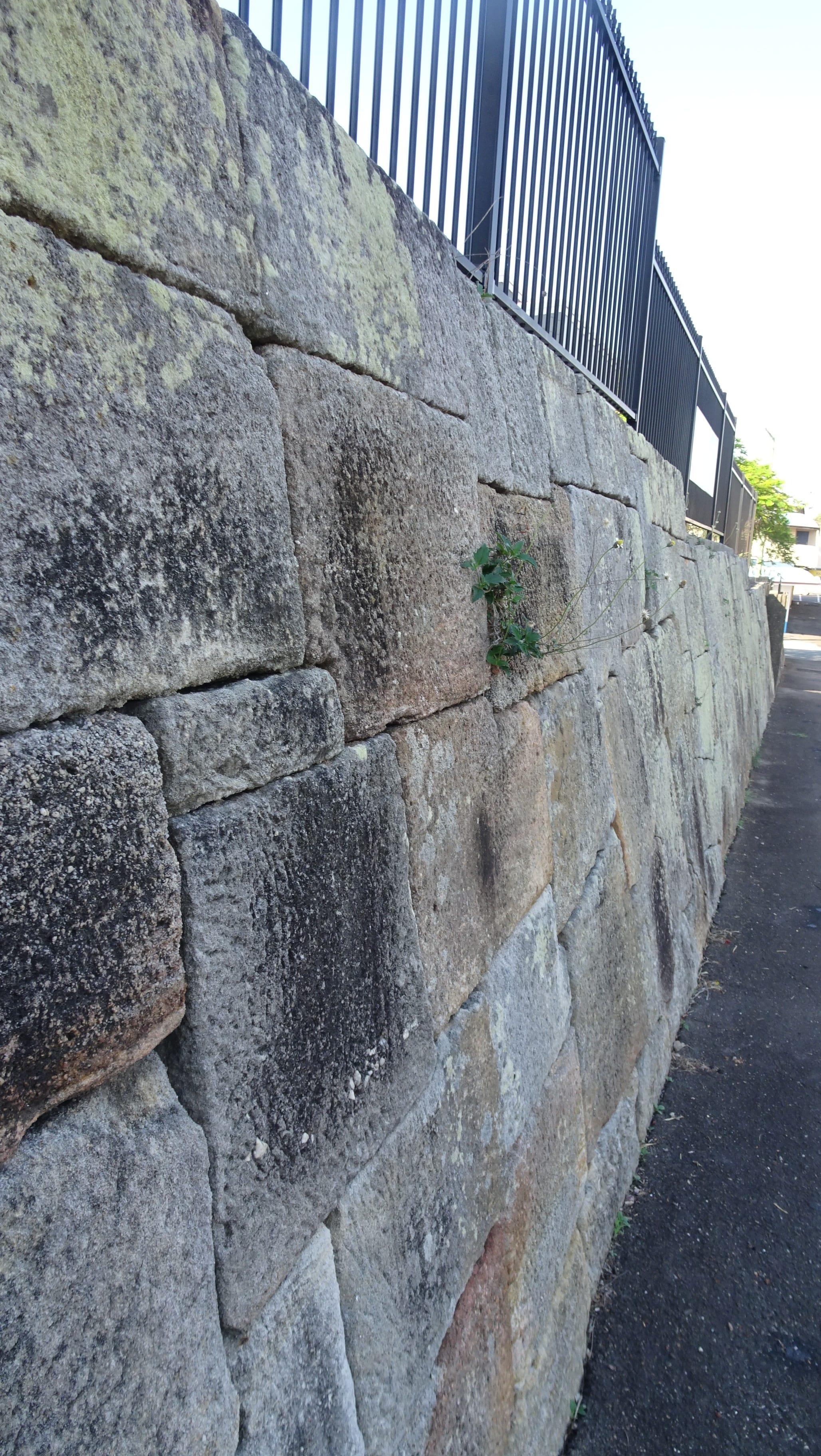
Outer stone wall
Was I standing outside the very same church rumoured to have inscribed sandstones and the pyramid's very capstone hidden within its floor? It was all starting to sound very Da Vinci Code but without a jackhammer and a search warrant, I remained deliriously none the wiser. With the afternoon sun beating down with unrelenting ferocity on my cranium chock full of confounding questions, I contemplated returning to the pyramid and trying the phone number again but by then, I had not only lost my nerve, but any remaining verve as well.
The following day, I contacted the department in charge of building the bypass, requesting in my most obsequious way if I may be granted official permission to visit the Gympie Pyramid site before any construction began. Their response affirmed there would be more chance of me building a giant pyramid out of air guitars than there would be of me accessing the property. There was good news, however. The bypass plans had been realigned to miss most of Rocky Ridge, on which the pyramid was located, and the department had every intention to preserve the area detailed in their provided map as a "no go zone".
One can only hope that the Gympie Pyramid/Djaki Kundu site has been properly protected and preserved by someone … or even something … for future generations of indigenous custodians, locals and spellbound sightseers - the latter of which will one day hopefully include yours truly!
(Just without the snakes and the ticks.) Thanks!
1 Archaeo Cultural Heritage Services. Cultural Heritage Survey of Rocky Ridge, Gympie – from Recommended Corridor Report. Queensland: Main Roads Bruce Highway (Cooroy to Curra) Strategic Planning Study, 2008. Print. Appendix A (A0803).